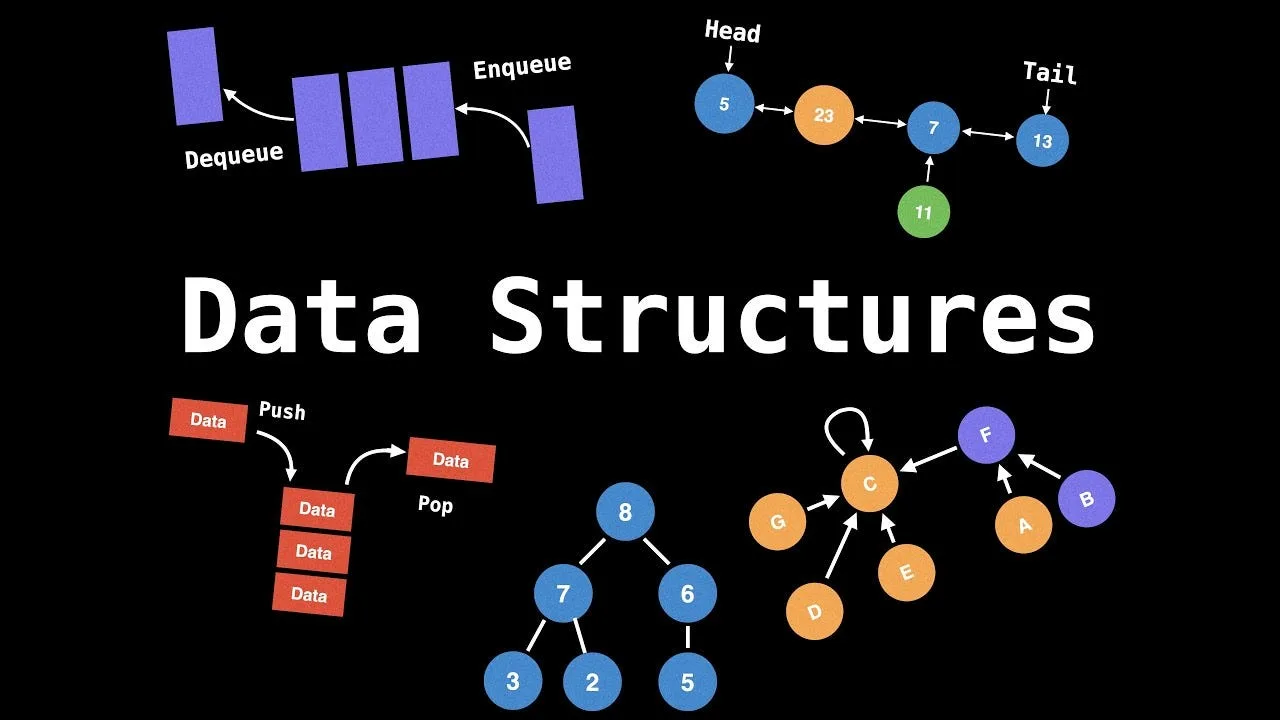It isn't Easy to Remove the GIL
yesterday, Juergen Brendel blogs at length about the disadvantages of the GIL. He claims it is an architectural decision I'm making that limits his productivity.
I don't expect that this or any response will stop the requests for the GIL's removal, despite a well-reasoned FAQ entry about the issue. But I also don't expect it to go away until someone other than me goes through the effort of removing it, and showing that its removal doesn't slow down single-threaded Python code.
This has been tried before, with disappointing results, which is why I'm reluctant to put much effort into it myself. In 1999 Greg Stein (with Mark Hammond?) produced a fork of Python (1.5 I believe) that removed the GIL, replacing it with fine-grained locks on all mutable data structures. He also submitted patches that removed many of the reliances on global mutable data structures, which I accepted. However, after benchmarking, it was shown that even on the platform with the fastest locking primitive (Windows at the time) it slowed down single-threaded execution nearly two-fold, meaning that on two CPUs, you could get just a little more work done without the GIL than on a single CPU with the GIL. This wasn't enough, and Greg's patch disappeared into oblivion. (See Greg's writeup on the performance.)
I'd welcome it if someone did another experiment along the lines of Greg's patch (which I haven't found online), and I'd welcome a set of patches into Py3k only if the performance for a single-threaded program (and for a multi-threaded but I/O-bound program) does not decrease.












